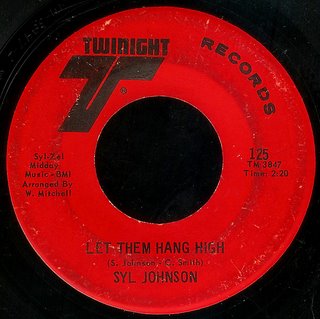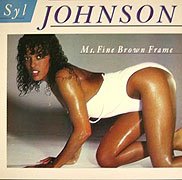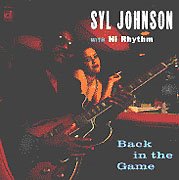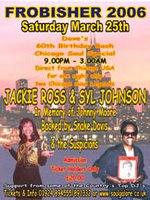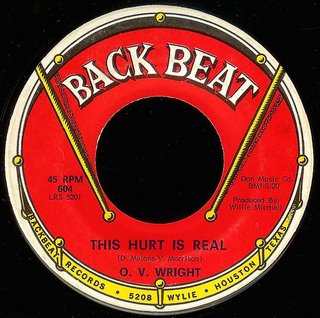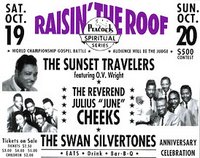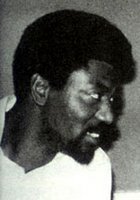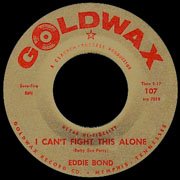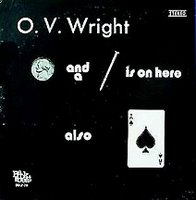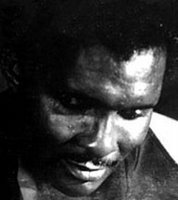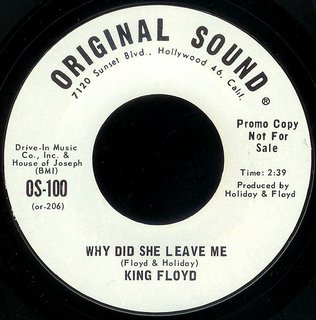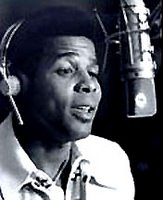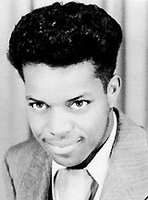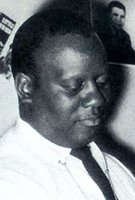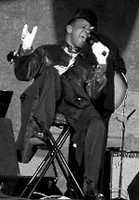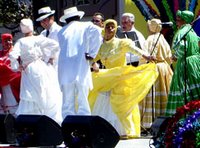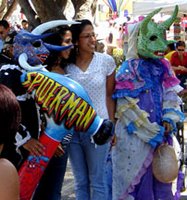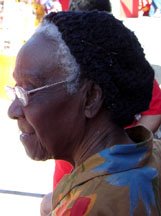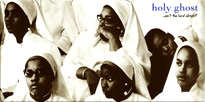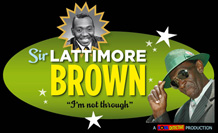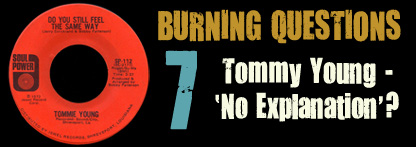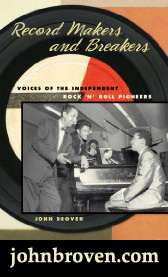 You Got To Feed The FireHi Records
You Got To Feed The FireHi Records was founded in 1956 by record store owner Joe Cuoghi and his friends in an attempt to cash in on some of the success Sam Phillips was having over at
Sun.
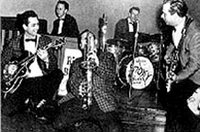
Their first legitimate hit was an instrumental by former
Elvis bass player
Bill Black and his Combo called
Smokie (Part 2), which made it into the top 20 in 1959. This would become the focus of the fledgling label, and they continued to crank out instrumental hits by artists like honker
Ace Cannon, and trumpet player
Willie Mitchell.
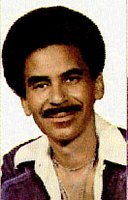
Willie had learned his chops working in the big bands of Tuff Green and Al Jackson Sr., and had come up through the ranks of serious Memphis musicians. He had a few minor hits in the early sixties on Hi, and Joe Cuoghi soon hired him as producer and A&R man for the label. His band became a fixture on the local club scene. They were tight... holding down a regular gig at The Manhattan Club that would become a proving ground for many young musicians.
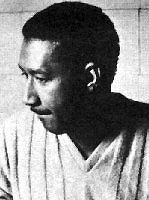
His drummer,
Al Jackson Jr., the son of Willie's old bandleader (who had actually played in his father's ensemble by age 5...), was considered the best stick man in Memphis. He would go on, of course, to anchor
Booker T & the MGs and lay down his billiant lazy shuffle behind scores of
Stax hits. He would keep his prestigious gig with Willie's band throughout his early years at Stax, and basically wasn't getting much sleep.
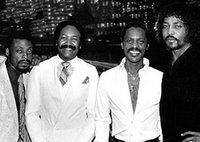
The drummer Al replaced at Stax,
Howard Grimes, started filling in for Al on some of Mitchell's performances and began playing with three young brothers Willie was working with at the time - Mabon ("Teenie"), Leroy, and Charles Hodges. They would become known simply as
Hi Rhythm, and developed a unique laid back approach to Hammond organ driven soul that would soon define Hi Records as the new sound of Memphis.
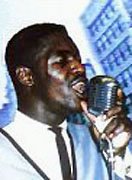
Willie was doing some work for Don Robey, producing
O.V. Wright for his
Backbeat label, and saw the need to bring some vocalists over to the Hi stable. One of the first was
Don Bryant (pictured at right), leader of local doo-wop group
The Four Kings that Mitchell had worked with in the clubs. He had some minor success with a few singles in the mid-sixties, but would prove his value as the "house songwriter" by the end of the decade.

Meanwhile, Ann Peebles was growing up as the seventh of eleven children upriver in St. Louis. Her father was a minister in the First Baptist Church, and she was singing in The Peebles Choir, a family Gospel group founded by her grandfather, by age 9. She dreamed of becoming a famous R&B singer as her idols Sam Cooke and Aretha Franklin had done, and her father was all for it. He introduced her to legendary St. Louis bandleader
Oliver Sain, and she began singing with his revue in local clubs under dad's watchful eye.
It was on a chance trip to Memphis in 1968 that she got up on stage and sang
Jimmy Hughes' Steal Away with
Gene "Bowlegs" Miller's band at the Club Rosewood. Gene was blown away, and took her down to see Willie Mitchell (who was riding high with his biggest instrumental hit yet,
Soul Serenade) at the Hi Studio. He was "overwhelmed", and ready to sign her right then and there, but they had to wait for her father to come down from St. Louis to sign the contract because she was still under 21!
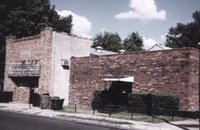
Hi's
Royal Studio was, just like Stax up the street, located in an old movie theater that helped to produce that big bottomed Memphis sound. It was also equipped with the original low technology sound board Hi had been using since the late fifties. Willie actually "worked" the board for the first time on Ann's first single (Hi 2157),
Walk Away, in 1969. The record shot to #22 on the R&B charts, and paved the way for Willie's distinctive brand of southern soul that would soon go on to dominate the airwaves (
Al Green's first single for the label was Hi 2159).
People were knocking on Hi's door trying to hire Willie away from them, so in 1970 Joe Cuoghi made him vice-president of the label. Joe died shortly after that of a massive heart-attack, which left Mitchell in charge of the whole shooting match.
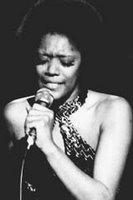
Later that year, Ann's reworking of
Little Johnny Taylor's
Part Time Love broke into the R&B top ten... she had arrived! She continued to chart regularly, and in 1972, the absolutely amazing
Breaking Up Somebody's Home was written for her by Al Jackson Jr., who was still being used by Willie on his "A-side" material. Another "cheating" song, the great
I'm Gonna Tear Your Playhouse Down would crack the top 40 in early 1973.
Mitchell had "assigned" Don Bryant to work with Ann in developing her R&B phrasing when he first inked her to the label, an arrangement he originally resented. He got over it and wrote the classic
99 Pounds for her in 1971, and before long they were dating.

A song they wrote together in 1973,
I Can't Stand The Rain, would become Ann's biggest hit. The album of the same name, released the following year, still stands as one of the greatest soul records of all time. Today's B side (released as the flip of
Beware in 1975) was co-written by them as well and was originally a track on the album. The strings, the fat bass, the incredible drums way up in the mix, the organ, the guitar, the horn arrangements, the background vocals (provided by Nashville's
Rhodes, Chalmers & Rhodes) - all of Mitchell's production elements that are somehow greater than the sum of their parts - are just cookin' along here on this one... it just doesn't get much better than this, folks.
Ann and Don were married by the end of the year.

Although Ann would continue to issue quality material for the label (highlighted by 1977's
If This Is Heaven), things began to unravel at Hi in the mid-seventies. Al Jackson Jr. had been shot dead in the fall of '75... Al Green would leave to pursue his own vision by early '77... and the label was bought outright by
Cream Records, some west-coast outfit that didn't have a clue when it came to soul music, that same year. Hi Rhythm and Willie soon went their separate ways (Mitchell would begin producing for Albert Grossman's
Bearsville label), but Mr & Mrs Bryant hung in there until the end. The last Hi single ever released was a duet by the couple called
Mon Belle Amour in 1981.
Ann took some years off, concentrating on her family life. She and Don started a Gospel label, "By Faith", and became involved in the community.
In 1989 she reunited with Willie Mitchell to produce
Call Me, a dissapointing "comeback" album on his short-lived Waylo label, that, in spite of touring with the "Waylo Records Family", sank without a trace.

In 1992, Ann signed with Rounder subsidiary
Bullseye Blues and released
Full Time Love, a great album that showed the world she was still a force to be reckoned with. She followed this with
Fill This World With Love, a record that would pair her with fellow soul legend
Mavis Staples on the title track, a song she and Don had written with her in mind 20 years before...

She began touring again, playing to sold out houses in the UK and elsewhere in Europe. Her inclusion in D.A. Pennebaker's
Only The Strong Survive in 2002 kept her out there in the public eye.
In April of 2005, Ann embarked on her
Acoustic Soul Tour, playing three dates in the UK that month, and airing some performances from the tour on
XM Radio in May. Her new band,
The Dream Team, sounded great, and things were looking good. Ten US dates were scheduled for the summer.
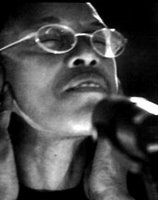
Ann entered the studio with producer
Joe Henry (who had helped
Solomon Burke finally win his Grammy in 2002 with
Don't Give Up On Me) in early June to work on the
I Believe To My Soul project. One of the songs they recorded,
When The Candle Burns Low, was written by her and hubby Don Bryant, just like in the old days. It is the real thing, as powerful a soul song as you're likely to hear anywhere. It just gives me chills...

Ann played at the Brooklyn Academy of Music's R&B festival on June 16th. She was sitting down for most of the show. She cancelled the rest of the dates on the tour later that week. The official reason given was that she had just signed with a new label, and wanted to wait until a new CD was released before continuing with the tour.
A performance scheduled for Town Hall in NYC in October, after the release of
I Believe To My Soul, was cancelled as well. Nobody seems to know the real reason.
I hope she's OK...
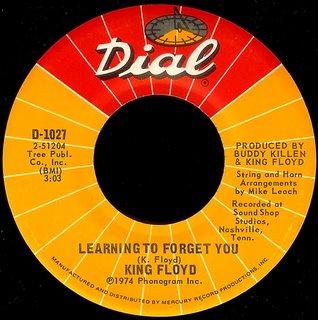
 It may just be his "greatest moment" after all.
It may just be his "greatest moment" after all.
